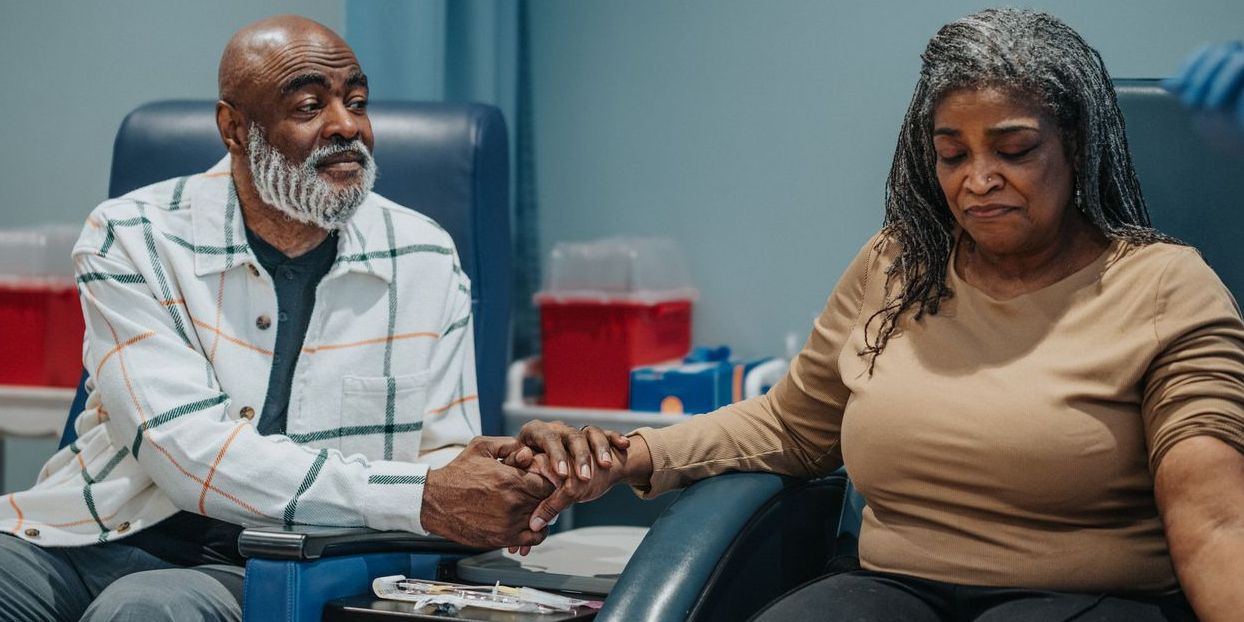Photo Credit: Artbesouro
Physicians and pharmacists improve patient care and outcomes through effective teamwork, particularly in managing chronic conditions.
The comic book and television superheroes Batman and Robin are best known as “the dynamic duo” because of their teamwork and ability to work well together to accomplish a task.
Across the country, physicians and pharmacists are “healthcare heroes” because of their dedication to providing quality healthcare to patients in an array of healthcare settings and medical specialties. Working in collaboration, physicians and pharmacists can improve patient care, encourage patients to take an active role in their care, improve clinical outcomes, and patient HRQOL.
As the number of people in the US at risk for and diagnosed with chronic medical conditions continues to increase, the value of teamwork between these two healthcare professionals in improving healthcare and clinical outcomes cannot be underestimated. The CDC notes that in the US, chronic diseases such as CVD, cancer, and diabetes continue to be the leading causes of mortality, and at least six out of every 10 Americans have at least one chronic disease, and four out of 10 have two or more chronic diseases. 1 Additionally, the CDC notes that 41.9% of adults older than 20 years are classified as obese, which increases the risk for developing chronic diseases. 2
Early detection and implementation of clinical interventions and identification of patients at risk for chronic diseases can be instrumental in reducing disease-related complications and progression, improving clinical outcomes, and reducing the health and economic burdens associated with these chronic diseases.
Literature Supporting the Impact of Teamwork on Patient Care
- In a study published in the Journal of the American Board of Family Medicine, researchers assessed the influence of physician–pharmacist collaboration on the management of diabetes and related clinical outcomes in primary care settings by comparing outcomes between physician-managed care and pharmacist-collaborative care. Patients were designated to two groups: Physicians and pharmacists (collaborative care group) and patients that were managed by physicians only (usual care group). Results revealed that patients in the collaborative group experienced considerable clinical improvements in their diabetes outcomes, including lower A1C levels, with reports of an average change in A1C decreased by 1.75% and 0.16% in the collaborative care group and the usual care group, respectively. Additional outcomes included reduced total levels of cholesterol and triglycerides and increased rates of pneumococcal vaccinations in the collaborative care group. The authors concluded that a collaborative approach between physicians and pharmacists resulted in fewer emergency department visits and hospitalizations, demonstrating considerable healthcare cost savings.3
- A study published in BMC Primary Care sought to understand the impact of interprofessional teamwork in primary care settings involving pharmacists and the impact on clinical outcomes. The review included 19 studies and found that interprofessional collaboration involving pharmacists meaningfully improved patient outcomes, particularly for cardiovascular diseases, with most studies demonstrating positive effects on controlling blood pressure and hyperlipidemia.4
- In a study published in BMC Health Services, researchers examined the impact of including pharmacists in multidisciplinary teams on patient care. The findings emphasized that collaborative efforts between healthcare professionals significantly reduced adverse drug events (ADEs), particularly among older patients and patients with complex chronic conditions. The authors also revealed that the findings highlight the vital role of pharmacists in improving patient outcomes and ensuring safer medication practices through effective teamwork with physicians.5
Statements From Clinicians
An internist stated, “Teamwork is critical to patient care. I appreciate pharmacists and their drug expertise because they can educate patients on the safe and proper use of medications, especially when I prescribe a new medication. Pharmacists have always been helpful to me when I need information about medications and are a valuable resource to my patients. I recently had a pharmacist contact me about a prescription, and the pharmacist informed me about a cost-savings program that enabled my patient to afford the medication and lessened the patient’s out-of-pocket costs.”
A pharmacist practicing in a hospital setting stated, “Working in the hospital setting, I regularly interact with physicians, nurse practitioners, and nurses. I think teamwork is critical because we, as healthcare professionals, have the common goal of delivering quality healthcare to our patients and improving their health. We can monitor for potential drug errors, interactions, and contraindications, contact prescribers when needed, and make clinical recommendations accordingly. While we each contribute to caring for our patients, working together improves patient care, providing patients with multiple resources to obtain information about their health and the optimal approaches to treatment.”
Physicians and pharmacists have multiple important clinical duties and responsibilities related to their practice areas, and each is a valued healthcare team member. Literature has demonstrated that teamwork between physicians and pharmacists is critical to delivering quality, comprehensive patient care and positively impacts patient care, better patient adherence, clinical outcomes, and patient satisfaction. By working together, we can support each other, expand communication between healthcare professionals and patients, and optimize overall patient care.


















Create Post
Twitter/X Preview
Logout